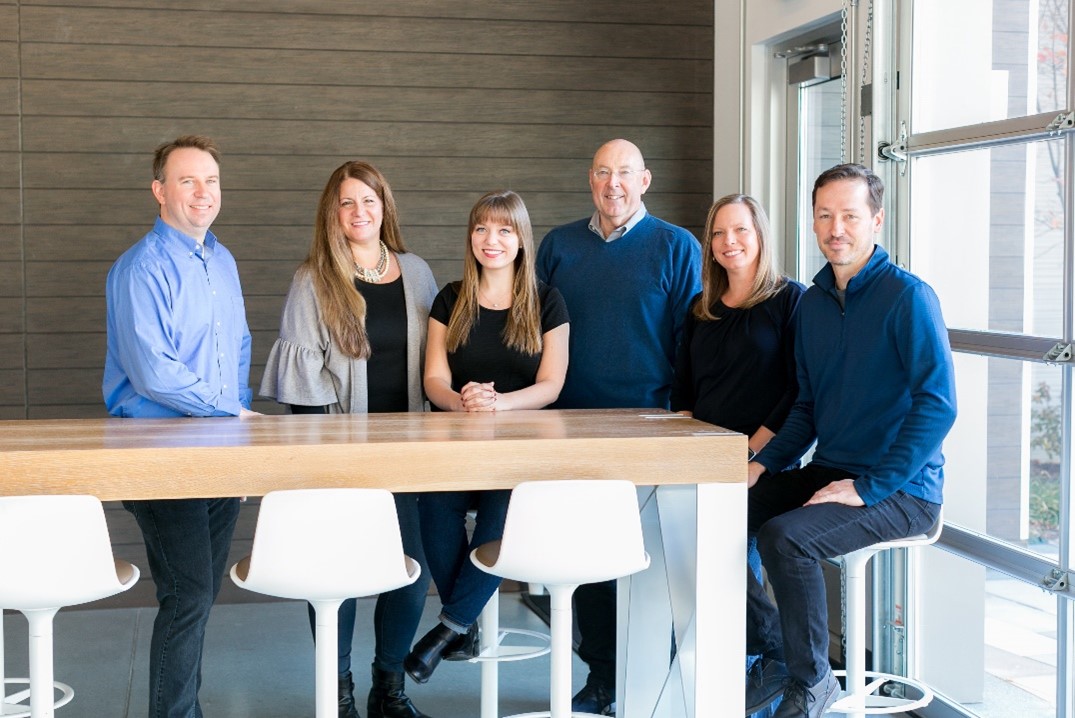This week Ginger Rothrock, Senior Director of HG Ventures, talks about HG Ventures in relation to the broader investment ecosystem.
HG Ventures launched back in 2018 as the corporate venture arm of the Heritage Group, a multibillion-dollar private Midwest conglomerate in the traditional industrial sectors of construction, environmental services and specialty chemicals.
How does HG Ventures differ from institutional VCs?
As the corporate venture arm of the Heritage Group, we look at leveraging the people, the assets, and the relationships of our operating companies and our R&D group to support STEM entrepreneurs in scaling their business. We are a group of investing professionals that can bring the knowledge and expertise one would expect of an institutional VC, but also provide access to markets in which we operate.
We have a hybrid model – so, we are a corporate venture arm in that we invest $50M per year off the balance sheet. This puts us in the range of a $350M-$500M institutional fund. Our initial investment is between $1M-$10M, and we have capital set aside for follow-on funding. To date, we have deployed somewhere around $120M. Our investment process is like that of an institutional VC, in terms of timing, termsheet, and deal docs.
Also, we have patient capital, and I am not measured in the same way in which my institutional venture colleagues are measured. My LP is my corporate, The Heritage Group, and the leadership understands the time and capital it takes to get from the lab to commercial in the materials science and sustainability sectors, or even to positive EBITDA. As a result, we as a venture group don’t need to drive liquidity events. We’re a 90 year old industrial company that has historically bought and built companies for life. Future M&A is also not a focus for our group.
What does HG Ventures offer its portfolio companies? How is this different than institutional VCs?
The main filter we use for investment opportunities is: can the Heritage Group help? So how does HG Ventures help entrepreneurs? How do people add value more than money?
This depends on the company. It can be a deep market insight, such as development of a supply chain or simple pricing intelligence – how much certain chemicals are selling for. We can provide talent resources (from The Heritage Group) if companies are struggling with purity or scale up. Also, we have a bunch of plants and processes – we welcome founders to visit us, and let our engineers look at your drawings for your plants. Pilots are another thing we can provide.
A lot of the companies in our sectors face these first pilot or sales cycle risks. These startup companies are selling their products to industrial corporations, which don’t exactly move at startup speed. Startups need validation from others, so we’ve been a pilot tester and a customer for about a third of our portfolio companies. It’s also a significant part of our Techstars program focused on material science and sustainability. The way HG Ventures operates creates a win-win scenario, for the startups and The Heritage Group.
What is the relationship between The Heritage Group and HG Ventures’ portfolio companies?
While we want to bring lots of value to our startups, we want to act like an independent venture fund. We do not require any business unit sign offs to do investments.
We sit on companies’ boards, and we must be a fiduciary for that company. So, any business relationship between our startups and the Heritage Group is an is an independent transaction that we encourage and support, but do not necessarily get involved with. Some of the startups we have invested in have The Heritage Group as a customer. Others may be customers of our customers (especially for Heritage Environmental, the largest private environmental services company in the US that manages waste streams for over 1000 industrial clients).
HG Ventures can invest in startups that are adjacent to The Heritage Group business sectors. ;we can also invest in startups that may eventually disrupt our existing business(es).
How do you think about your investments?
We choose investments similar to traditional VC, in that we care about the team, market, and product (typically in that order). We invest in companies where we can help.
The sectors we invest in are: construction/infrastructure, environmental services (waste, circular economy), specialty chemicals, materials (construction, chemicals, synth bio, waste), automation.
Our investments are stage and geography agnostic, with our first check size typically $1M-$10M. Anything that is pre-seed falls more into alignment with our accelerator program with Techstars.
How does HG Ventures think about climate impact?
Our entire company has been focused on sustainability and, relatedly, climate impact since the very beginning. We’ve got a 50-year-old sustainability business, and we’ve been doing zero waste and waste reuse programs long before it was popular – it’s just good business. Our construction business was one of the industry leaders in use of recycled materials. Our fleets are converting to electric. So, this new “VC focus” in measuring sustainability and climate impact is something that has been an inherent value of ours since inception.
Is there anything else that you want others to know about HG Ventures?
I’m very excited about this whole democratization of entrepreneurship. So far, we’ve seen universities include entrepreneurial programs for scientists and engineers and an online ecosystem flourish with individuals sharing advice and resources. However, there seems to be a lack of content relevant to the STEM entrepreneur, relatively speaking.
One of our big ambitions for the future is to develop our brand and reputation as a source of capital for these STEM entrepreneurs. We’re starting to figure out how to develop and distribute meaningful resources on topics like ideation, company formation, fundraising, industrial scale up, etc.
It is my intention that STEM entrepreneurs gain easy access to content tailored to their specific questions and needs, and I want us to be a bigger contributor and a positive contributor to this growing ecosystem.
Outlook
As I explore the problem of investing and financing innovation to combat climate change, I am convinced that traditional investment is not the solution. As I wrote about previously, the path forward will include finding a new way to assess and underwrite technology risk to help earlier stage technologies deploy, as well as creating new vehicles/structures for funding.
Corporate VC provides a unique offering, relative to other financing options in the climatetech/cleantech sector. This cooperation between The Heritage Group and HG Ventures enables deployment of capital into solutions that may not normally be a great fit for VC or project finance.
About The Author

Daniel currently works at Lawrence Livermore National Laboratory. His original assignment was to maintain and update facility safety documentation for all facilities on-site, and perform risk analysis. Over time, his role has expanded to leading continuous improvement efforts through product management.
Concurrently, Daniel volunteers with Techstars, helping organize startup weekends, and with the American Institute of Chemical Engineers, organizing events on the local and national levels of the organization. He also volunteers with One World, and previously with Powerhouse Ventures, to source and screen startups for potential investment.
Daniel holds a BS in Chemical Engineering from UC Davis, and recently completed coursework in energy innovation from Stanford. His passion is at the intersection of sustainability, innovation, and business.

